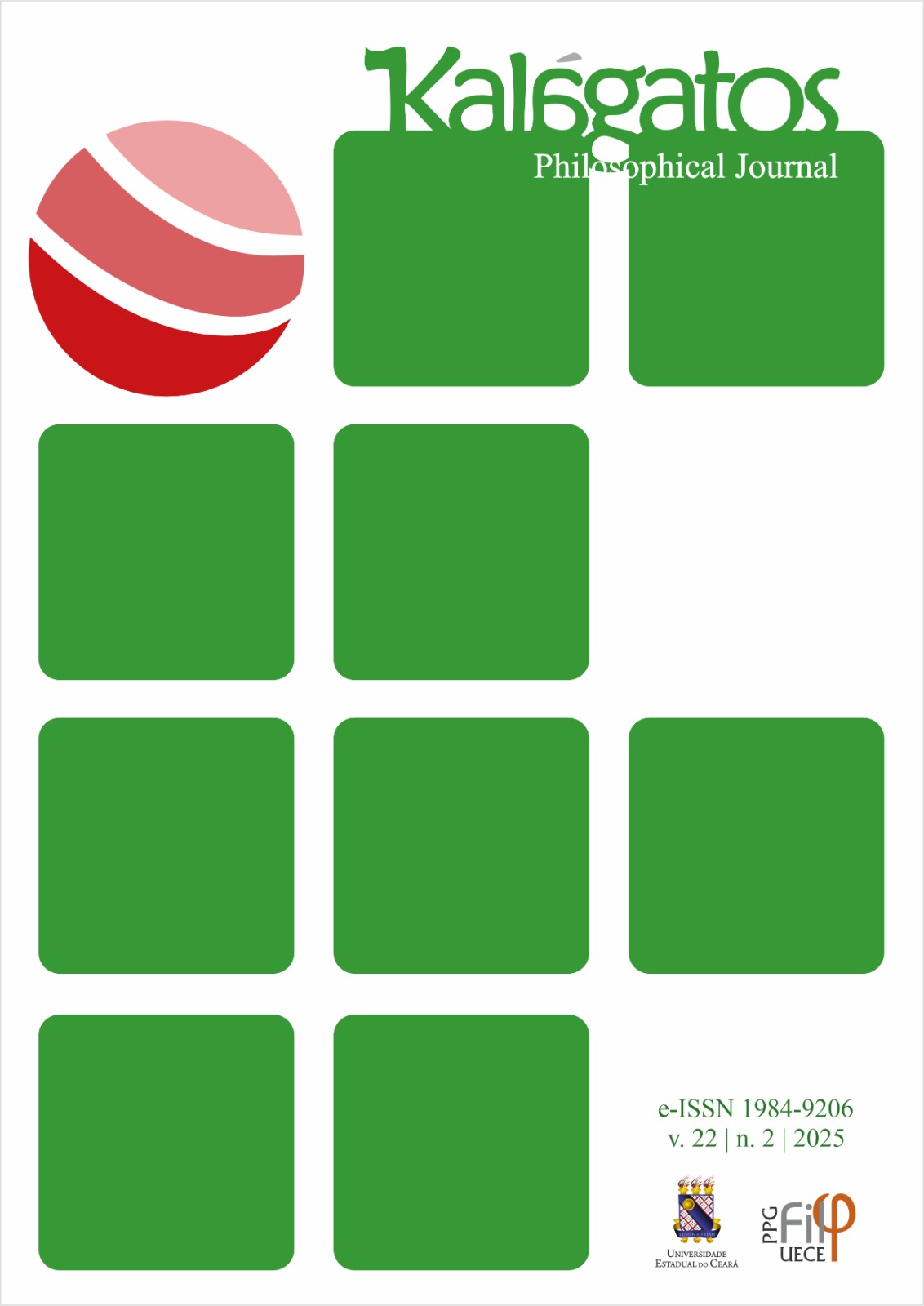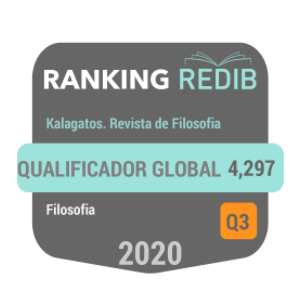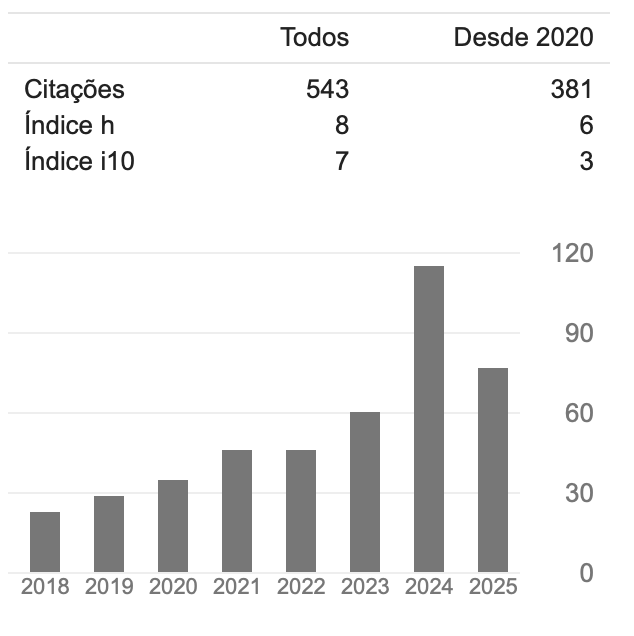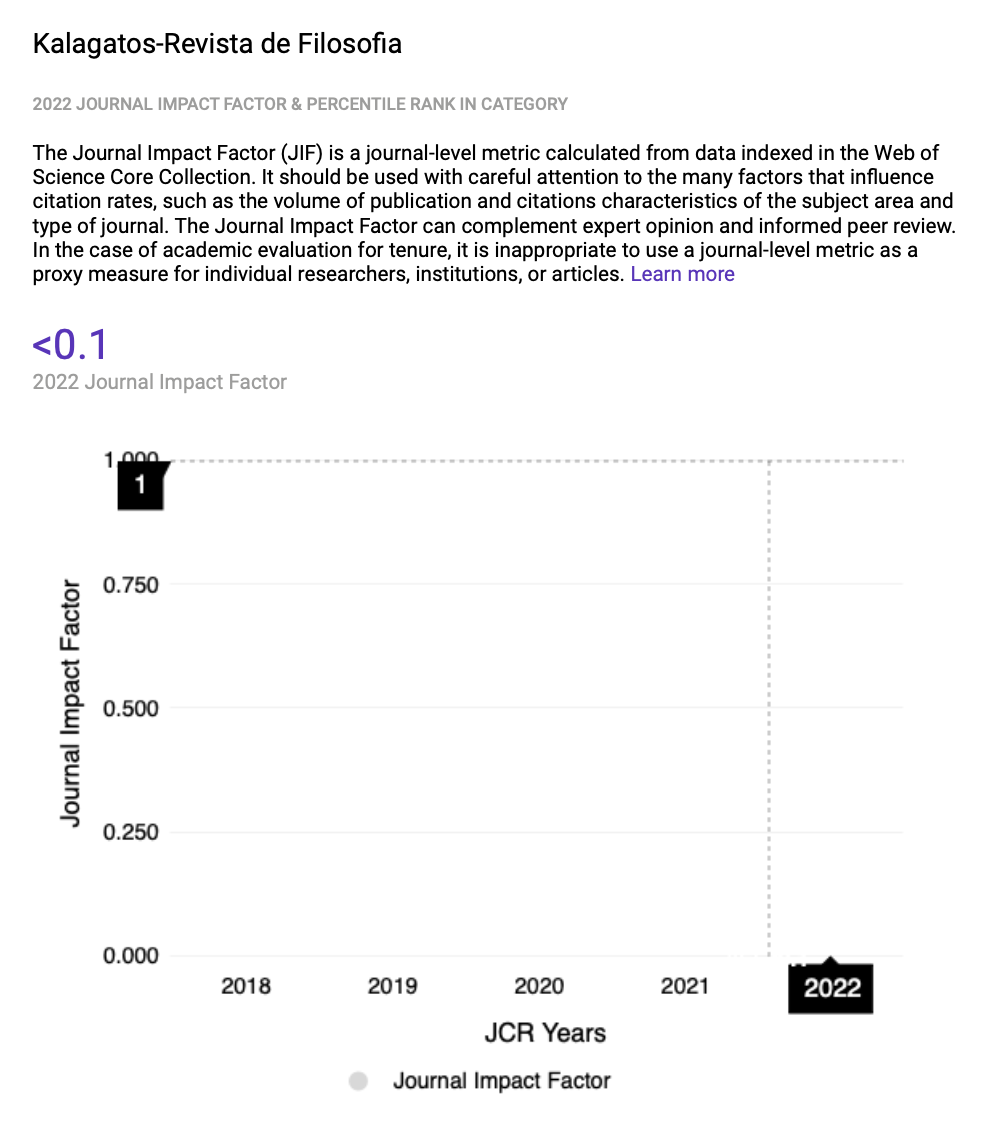The Advaita Philosophy of Sreenarayana Guru in Advaita Deepika: An Analysis of Historical Monuments in Karunagapally Taluk
DOI:
https://doi.org/10.52521/kg.v22i2.15481Keywords:
Sree Narayana Guru, Advaita Philosophy, Sree SankaracharyaAbstract
India is globally recognised as the birthplace of four major religions: Hinduism, Buddhism, Jainism, and Sikhism. However, these religions are just a part of India's rich philosophical landscape, which includes Vaishesika, Nyaya, Samkhya, Yoga, Purva Mimamsa, and Vedanta. Vedanta focuses on the philosophy derived from the Vedas, with Advaita, articulated by Adi Shankara, playing a pivotal role in the revival of Bhakti. He established four Mutts at each corner of Bharat for Vedic learning. Sree Narayana Guru, Kerala’s prominent spiritual follower of Shankara, sought to balance materialism and spirituality of Advaita Philosophy. Advaita Vedanta promotes the non-duality of the Universal Soul and the Individual Soul. Narayana Guru aimed to demonstrate how Advaita could address real-life challenges and blended it with Vedic teachings on love and service. His writings encouraged the acceptance of eternal truths and kindled a trust for knowledge among lower castes. For this end he erected many institutions like schools and religious mutts like his guru Sankaracharya. This article aims to examine Narayana Guru's Advaita Deepika to illustrate how Advaita philosophy shaped his thoughts and actions, thereby examining the intention of Guru to start Shanmugha Vilasam Higher Secondary School in Karunagapally and other similar organisations which aimed for hindu revivalism.
Downloads
References
Prof G, Balakrishnan Nair . Complete works of Sreenarayana Guru Vol,2. 1st ed., Thiruvananthapuram , Kerala Bhasha Institute , 2003, p. 260.
Tattvabodha, translated by Swami Tejomayananda, Central Chinmaya Mission Trust, Mumbai, 2001.
Radhakrishnsn, S. Indian Philosophy Vol I and II. London , George Allen & Unwin Ltd, 1953.
Atmabodha, translated by Swami Nikhilananda, Sri Ramakrishna Math, Mylapore, Madras, 1947.
"Date of Sankaracharya ," Indian Antiquary, vol. 16, 1887
H. H, Swami Chinmayananaa. SANKARA the Missionary . 2nd ed., Mumbai , Central
Chinmaya Mission Trust , 1990.
Bradley , F. H. Appearence and Reality . London , Swan Sonnenschein and Co. Ltd, 1908
Murkoth, Kunhappa . Sree Narayana Guru. 6th ed., New Delhi , National Book Trust, India , 2009.
Bernad , Theos . Hindu Philosophy . Bombay , Jacio Publishing , 1958.
Apte, V M . Brahmasutra Sankarabhashya trans in English . Bombay , Popular Book Depot , 1960.
John Grimes. The Vivekacudamani of Sankaracarya Bhagavatpada: An Introduction and Translation; 2004.
Dr. Karunakaran , B. The Philosophies of Sri Sankara and Sri Narayana . Quilon , Manjari publications , 1988
Swami , Gambhirabanda . Eight Upanishads 2 Vols . Calcutta , Advaita Ashrama , 1977
M, Hiriyanna. Outlines of Indian Philosophy . London , George Allen, 1964.
Dr Omana , S. The Philosophy of Sri Narayana Guru . Varkala , Narayana Gurukkal , 1984.
Downloads
Published
How to Cite
Issue
Section
License
Copyright (c) 2025 Immanual Andrews, D Charlson

This work is licensed under a Creative Commons Attribution 4.0 International License.



















